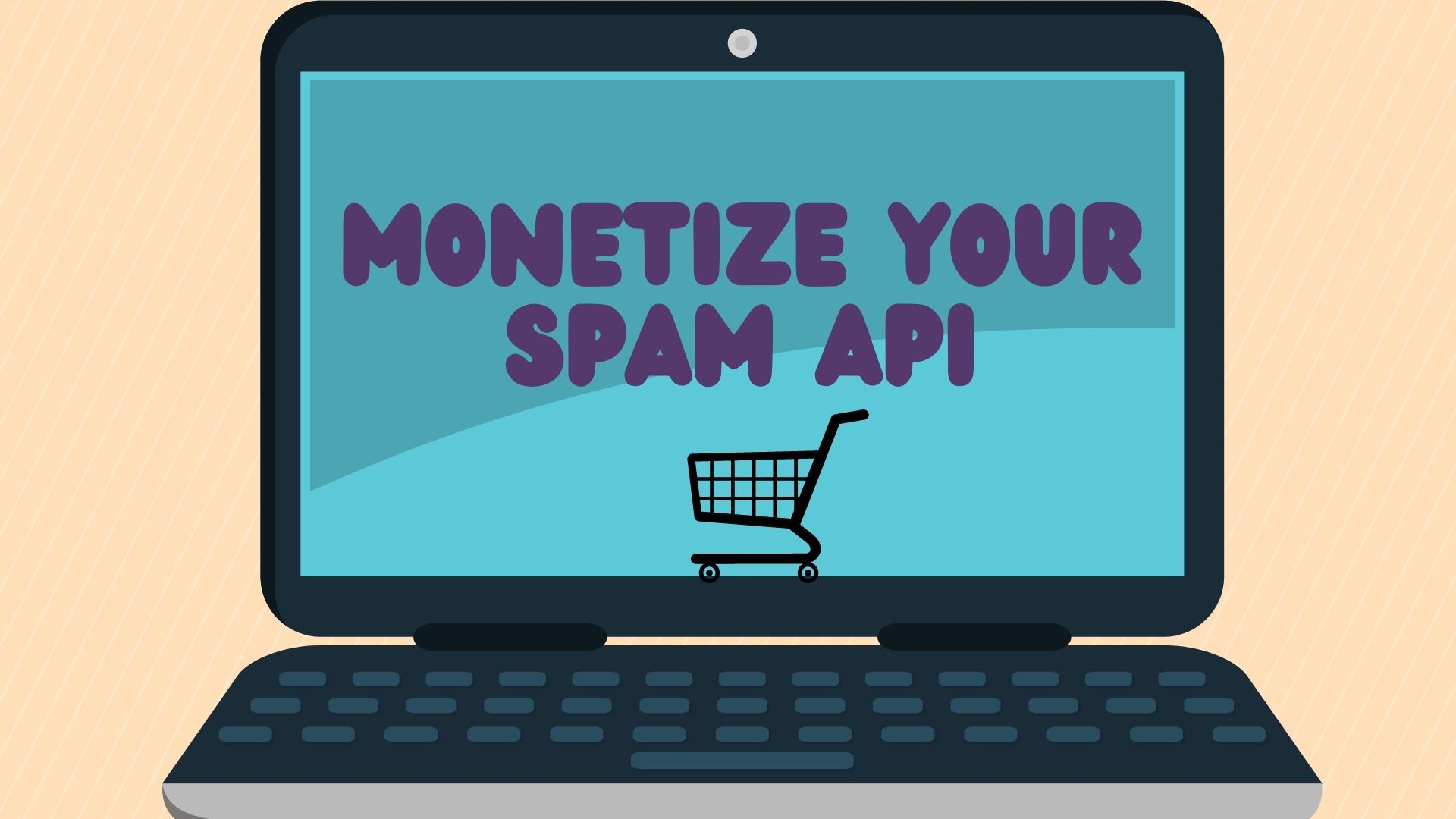Time and money are the cause of sleepless nights for business men. How to make the most of your time, and consequently of your income, is an issue that concerns you greatly. One of time/money wasters is spam. The real cost of spam is difficult –though not impossible- to determine. Besides, we all agree that most of money loss is due to low productivity. Statistics display alarming losses for not having spam detection platforms: more than five minutes a day per worker! Consequently, make your own estimate of your savings in 24 hours if you count on a good system of spam detection.
Spam consists of a system that allows to send not requested messages –mainly marketing emailing- and repeated messages to the same site, without the risk of ending up in the junk box. No recipient likes spam, and more and more sophisticated filters are devised to protect users. The classification into spam or ham is not simple, as there is an extremely thin line between both classes. Anti-spam software must be tailored depending on the purpose and the needs.

Some studies risk as much as 20 billion dollars annually in affected productivity, and in technical expenses, all caused by spam. Spam appears not only in mailboxes but also in media sites. Spam includes deceiving users into liking or sharing content with malware from a third party site. So social spam is also a threat (consider that Facebook and Twitter admit that 4 and 1.5 percent of all posts –respectively- are spam!). Zyla has developed a spam detection API that is constantly being optimized to have an all-out spam filter.
Spam Detection API uses ML (Machine Learning) as a classifier. It is statistically based, which means that every message is turned into a bag of words previously used and already classified, so that the likelihood of the email to be spam is estimated. The process is not only simple but also efficient, thanks to the fact that it is previously trained to detect spam even when there are no mistakes in the text, for example. NLP (Natural Language Processing) is also integrated in Anti Spam Filter API, Block Spammers API, Prevent Spam API and Spam Checker API together. Computational linguistics is concerned about the interactions between devices and human languages.
However there are still some tips to consider as a user. It is always advisable to provide content to your subscribers exclusively. It is recommended for receivers to have the option of subscribing or unsubscribing. Likewise, marketers are advised not rent or buy data banks with address lists. It is always safer to build up your own database to make sure that your emails are not bounced. Also remember that your texts are the core of your messages. Do not include too many images or links to guarantee reception and consequently significant interaction with your customers.
Avoid HTML as spam filters detect weird symbols, tags or codes. Use exclusively acceptable formats. As far as possible do not include advertising or marketing links in your messages, so that your mailings are not blacklisted. Make sure that your mailing addressees use well-known extensions, so that you are certain that your emails are delivered properly and do not end up in the junk box. All these are tips to keep spam filters on your side, so that you don´t waste your precious time on sending messages that nobody will ever read.
The email ecosystem is defined by spam filters. Were it not for spam detection servers would be flooded by spam emails and the system would be blocked. So rely on a good spam detection service that can be customized to your purpose, your organization and your marketing strategies.



